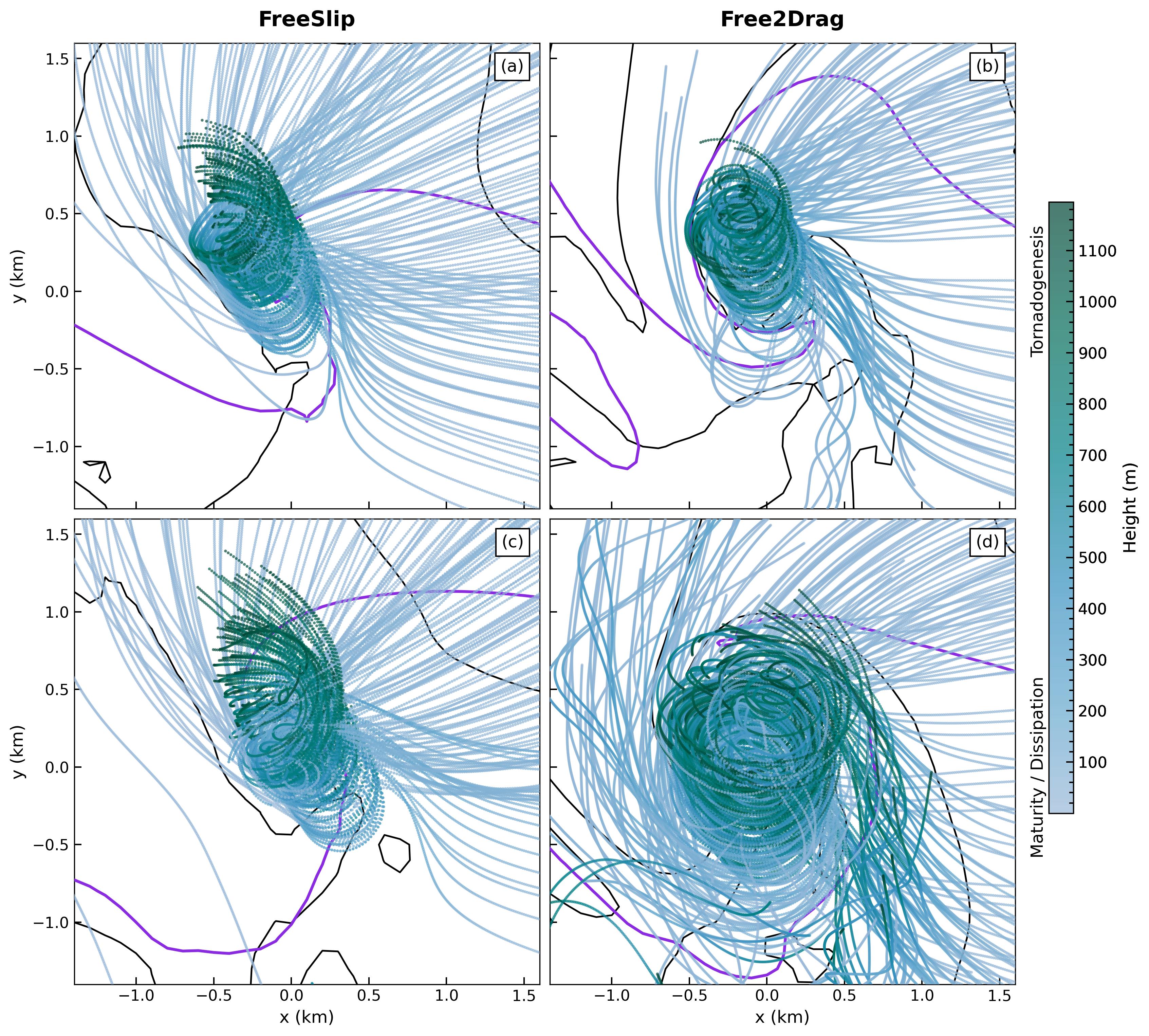Purdue professor uses RCAC community clusters for weather simulation research
A Purdue professor is using the impressive capabilities of Purdue's Rosen Center for Advanced Computing (RCAC) clusters to advance severe weather research.
Daniel Dawson, an associate professor of earth, atmospheric, and planetary sciences, conducts high-resolution simulations of severe thunderstorms and tornadoes. The project uses the Bryan Cloud Model (CM1), demanding extensive computational resources that the Bell and Negishi community clusters adeptly provide.
"The clusters are essential for performing the weather simulations because of both the sheer number of simulations we will eventually need to perform, as well as the high grid resolutions that some of them will require," says Dawson. "Their ability to handle thousands of simulations with intricate detail is why we can push the boundaries in severe weather modeling."

Bell and Negishi are both optimized for communities running traditional, tightly-coupled science and engineering applications and are well-suited to manage the computationally intensive tasks central to Dawson's research. These clusters have consistently demonstrated their robustness and reliability, proving instrumental in the processing and analysis of complex weather data.
"The efficiency, power, and reliability of Bell and Negishi have been paramount. Their role in our success cannot be overstated," says Dawson. He adds that he also appreciates the responsive and supportive RCAC staff, emphasizing their contribution to his team's achievements.
A key achievement facilitated by these clusters is a published study, “The Impact of Surface Drag on the Structure and Evolution of Surface Boundaries Associated with Tornadogenesis in Simulated Supercells” led by Dawson’s doctoral student Qin Jiang and co-authored with Dawson.
This research delves into tornadogenesis and storm dynamics, and can help weather experts understand how the roughness of the ground affects tornadoes. By learning more about these effects, they can predict tornadoes better, giving earlier warnings to keep people safe.
Looking ahead, Dawson is optimistic about continuing his work with the RCAC clusters.
"These clusters will definitely continue to play a central role in my research for many years to come," he affirmed, underlining the lasting impact and importance of the RCAC resources to his work.
Dawson, who earned his doctorate from the University of Oklahoma and his bachelor’s degree from Purdue, was the recipient of a National Science Foundation Faculty Early Career Development (CAREER) Award in 2022.
The CAREER is the NSF’s most prestigious award in support of early-career faculty and recognizes faculty who have the potential to serve as academic role models in research and education and to lead advances in the mission of their department or organization.
To learn more about Bell, Negishi, and other RCAC Clusters, contact rcac-help@purdue.edu and visit the RCAC website.
